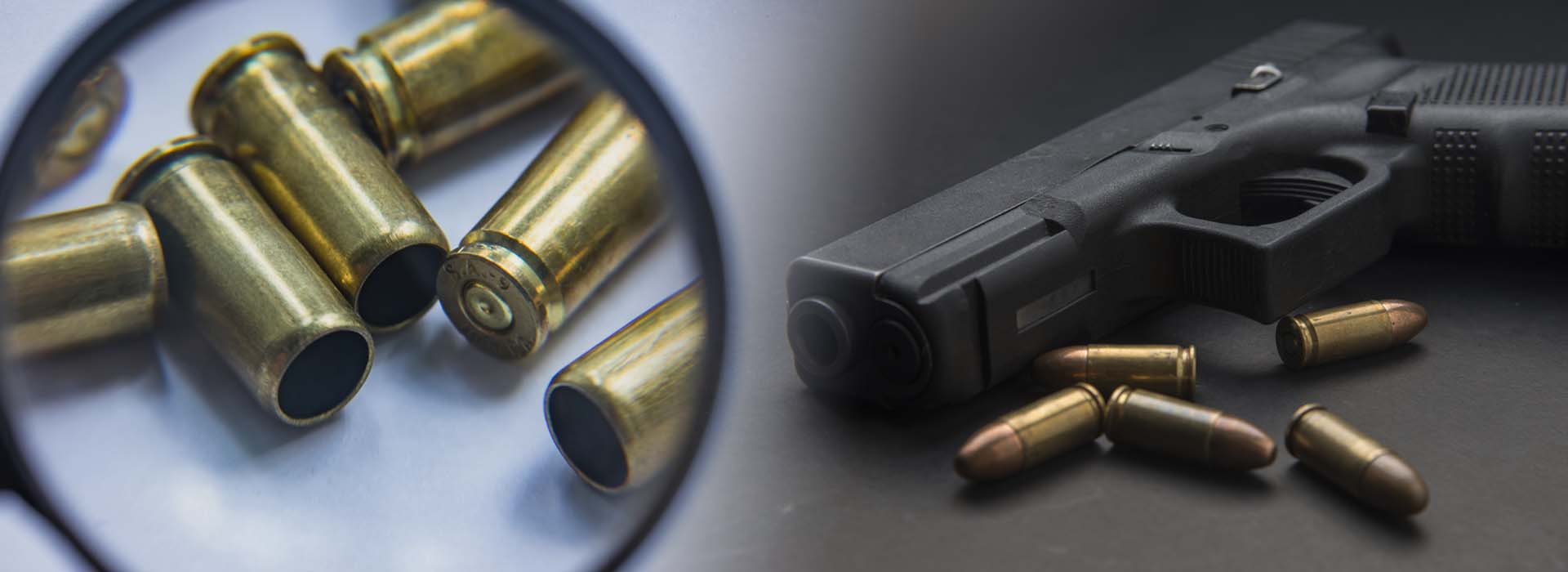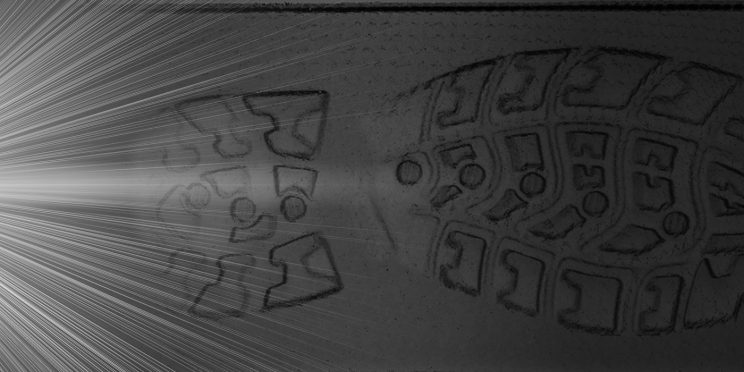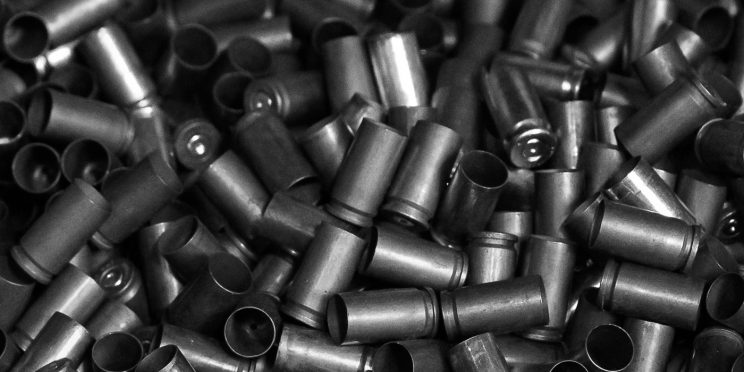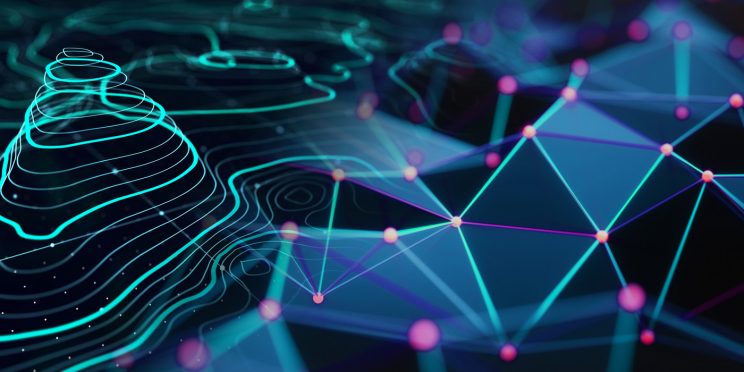← Back to Firearm and Toolmarks Webinar Series
This webinar originally occurred on December 14, 2021
Duration: 1 hour
Overview
Glock pistols are well known for their generally distinctive class characteristics and the numerous toolmarks that they create on fired cartridge cases and unfired cartridges. There are many articles outlining the different toolmarks that can be created by these pistols, and this presentation will provide a literature review of the toolmarks that have been documented in the AFTE Journal.
Following this review, two new toolmarks that are not currently documented in the literature and can be produced by Glock pistols will be discussed. The first toolmark is created on the body of the cartridge case near the cartridge mouth. It is created by the intersection of the feed ramp and chamber. The second toolmark is an ejection port mark created on manually cycled cartridges, which can be produced on the cartridge case near the mouth and on the bullet. It is created by the lower edge of the ejection port as a cartridge is manually extracted and ejected.
Detailed Learning Objectives
- Attendees will be able to identify additional areas of interest to use for firearms identification purposes.
- Attendees will learn how to establish when and where unknown marks are created.
- Attendees will understand the value of examining unfired cartridges cycled through a Glock pistol.
Presenter
- Mateo Serfontein, B.S. | Senior Forensic Scientist, Tarrant County Medical Examiner’s Office
Funding for this Forensic Technology Center of Excellence webinar has been provided by the National Institute of Justice, Office of Justice Programs, U.S. Department of Justice.
The opinions, findings, and conclusions or recommendations expressed in this webinar are those of the presenter(s) and do not necessarily reflect those of the U.S. Department of Justice.
Contact us at ForensicCOE@rti.org with any questions and subscribe to our newsletter for notifications.




